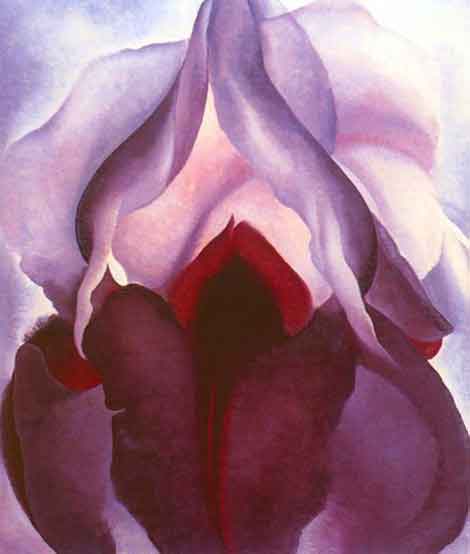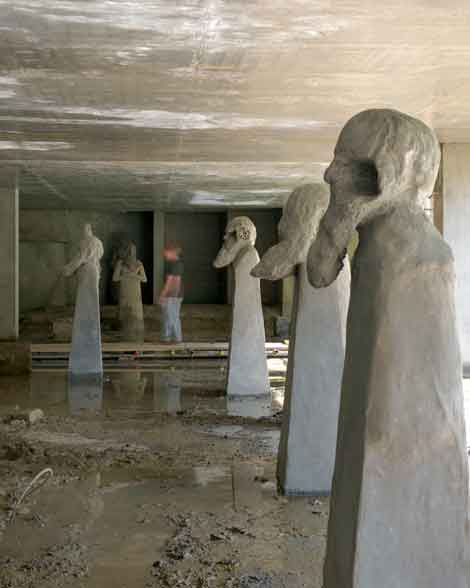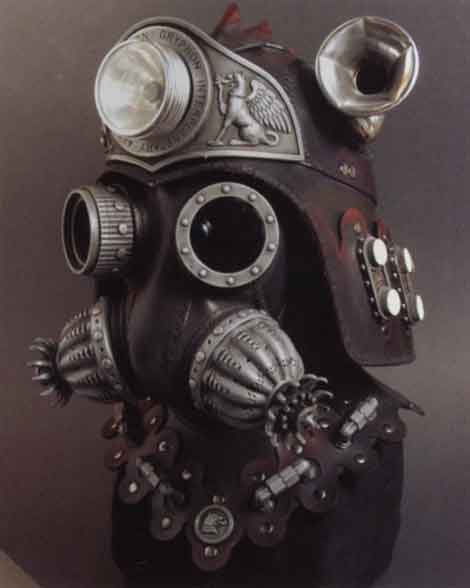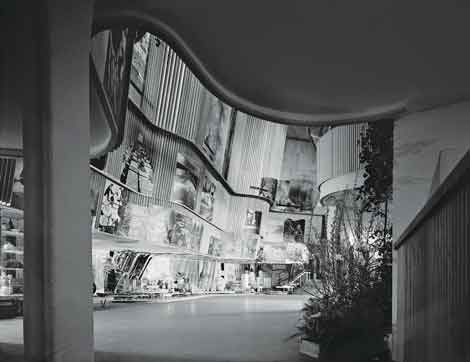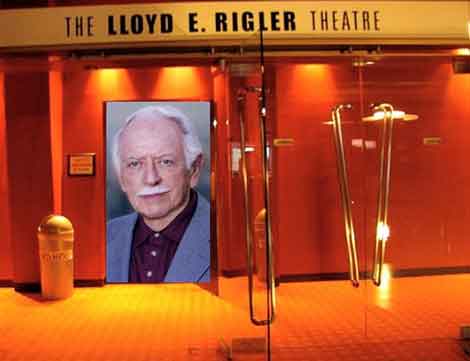If sex has been around in art for so long, then why do O’Keeffe’s vulvalistic flowers generate so much special negative attention, as in the phrase, “Yeah, she’s good but I don’t like her—too obvious, too sexual.”? Is this because her sensually-charged paintings of...
